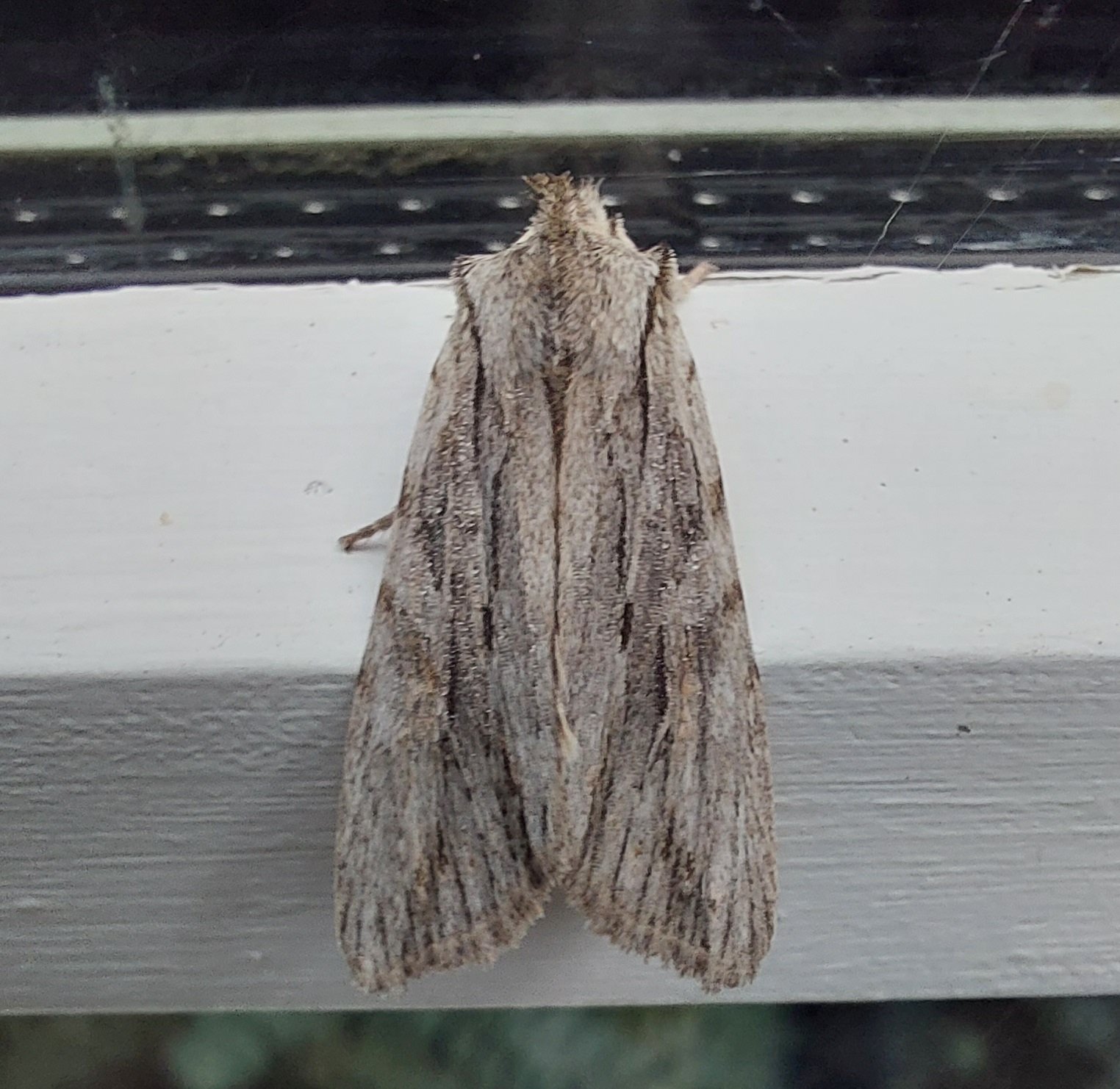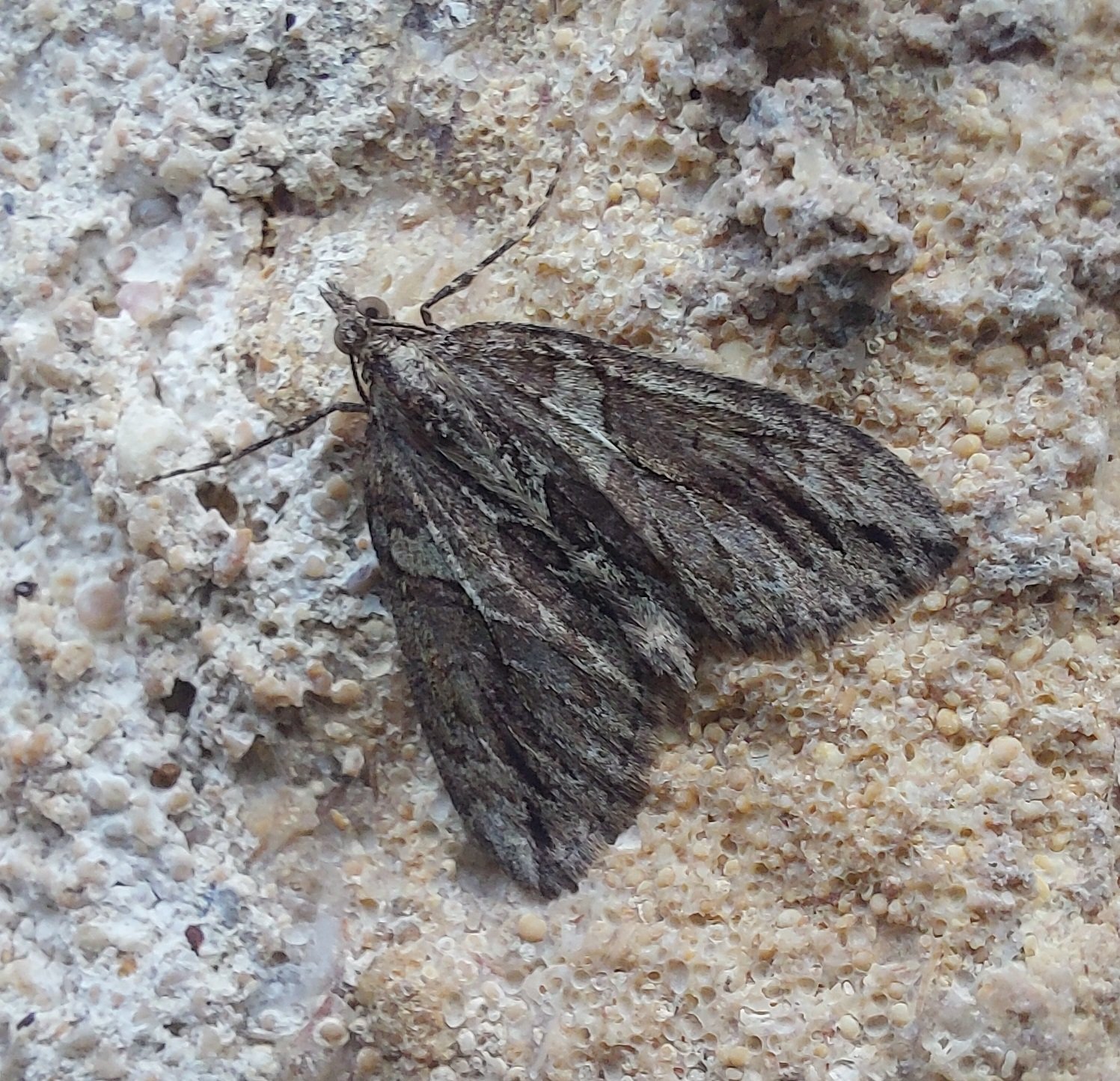Leylandii: What is it Good For?
/Well, it turns out that my neighbour’s not very attractive (IMO) non-native Thuja hedge is good for these two non-native Mediterranean moths! Blair's Shoulder-knot (Lithophane leautieri, #763) was first observed in UK in 1951 and is now established over most of lowland UK. It flies in one generation Sept-Nov; this being the first one I’ve recorded. Cypress Carpet (Thera cupressata) arrived in 1984 and so far its main range in UK only extends as far North as Birmingham. If has two generations, one in May-June and another in August-September.






